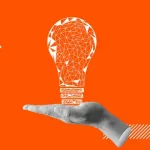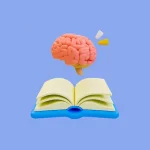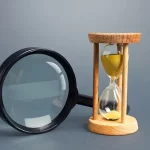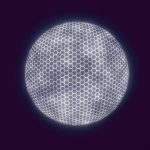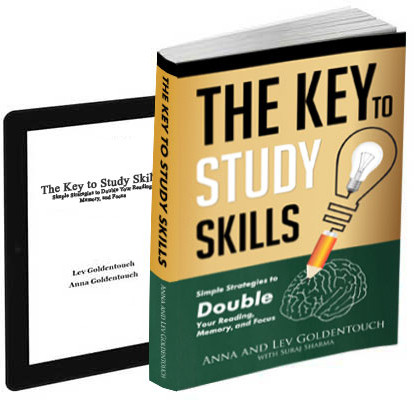Olfactory memory refers to the memory of smells. Smells can bring back a lot of memories. This is because the olfactory bulb, a region of the central nervous system that processes sensory information from the nose, is part of the limbic system. Because the limbic system is an area closely associated with memory and emotions, …
What is Symbolic Thinking: Understanding Its Essence, Characteristics, and Types
Symbolic thinking represents one of the most advanced forms of cognitive processing, allowing humans to use symbols or abstract representations to signify objects, concepts, and ideas. This cognitive ability is fundamental in various aspects of daily life and intellectual activities, including language, mathematics, and creative arts. This article delves into the definition of symbolic thinking, …
Continue reading “What is Symbolic Thinking: Understanding Its Essence, Characteristics, and Types”
Mental Landscaping
In the kingdom of our mental landscapes, we possess the remarkable ability to shape vast territories of thoughts and ideas. Much like a skilled architect designs a city with rivers, bridges, and landmarks, we, too, can craft intricate mental cities that house our knowledge and understanding. This chapter delves into the art of “Landscaping” our …
Time-limited subscription for memory, speedreading and more
In today’s fast-paced world, the pursuit of knowledge and skill development is more than just an option—it’s a necessity. As we navigate through the complexities of the modern job market and technological advancements, the value of continuous education has never been more apparent. It is with this understanding that we extend an exclusive, time-limited offer …
Continue reading “Time-limited subscription for memory, speedreading and more”
Forgiveness or sublimation as a new years resolution
Typically for the new year, I try to present an article dealing with empowerment. Here I want to talk about forgiveness and sublimation as tools of personal empowerment. I do not want to claim that everything can and should be forgiven. However, once we forgive we tend to become stronger, more in control. More reading …
Continue reading “Forgiveness or sublimation as a new years resolution”
Memory wardrobe
Usually, I focus on large mental structures, like mental palaces and cities or massive mindmaps. We do not always need something massive. Quite often it is enough to place a mental wardrobe in one of the existing mental palaces. The Memory Wardrobe, a sanctuary of nostalgia and tales untold. Each garment, a vessel of recollection, …
Reversed PAO: system applying an action to a person
The most useful format of visualization in PAO, which means a person performing an action with an object. While memory champions use PAO mainly to remember long sequences of numbers or cards, we can use it in speedreading to remember any chunks between three and five words, more if we use more complex PAOX. This …
Continue reading “Reversed PAO: system applying an action to a person”
Black Friday Super-Deal
The best deal we offer each year is ON! You are welcome to get a HUGE discount. Unlike any other place, we keep the Black Friday deal active till December 31st! The actual details have been send to the mailing list. If for some reason you missed the email, ask me [email protected]. You do not …
Placing PAOs and mindmaps in mental palaces
When I just learn mental palaces I found them extremely confusing. Where do I place all of my memory objects within? How can I use these large structures to remember everything I need? Once the structure is full, how do I add more to it? It took me years to find the right way for …
Continue reading “Placing PAOs and mindmaps in mental palaces”
Atomic memorizations: pros and cons
Most of the visualizations we use to remember things are atomic. By atomic I mean that you cannot divide the visualization without ruining it, and connections to other visualizations are not as strongs connections within the visualization. Such visualizations are not a part of a story, and require complex mental structures. Beginners almost never use …


